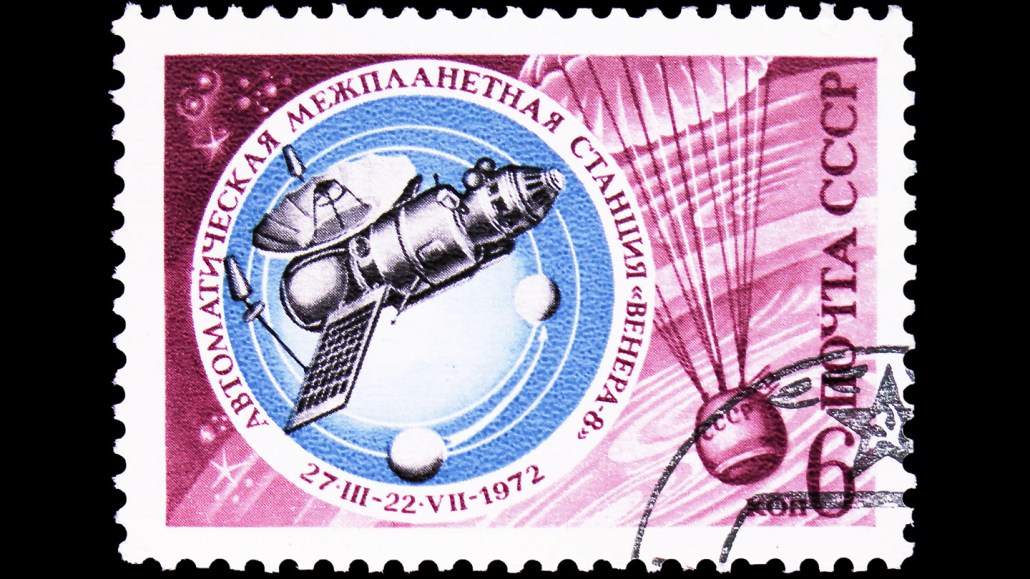A Soviet spacecraft has returned to Earth
The craft was bound for Venus, but had been stuck in Earth orbit for more than 50 years

A commemorative postage stamp printed in Russia shows the Venera 8 spacecraft, including an illustration in the background of the descent probe parachuting to the planet’s surface. A twin probe that had been stuck in Earth’s orbit for more than 50 years finally fell to Earth on May 10.
Alexander Mitrofanov / Alamy Stock Photo